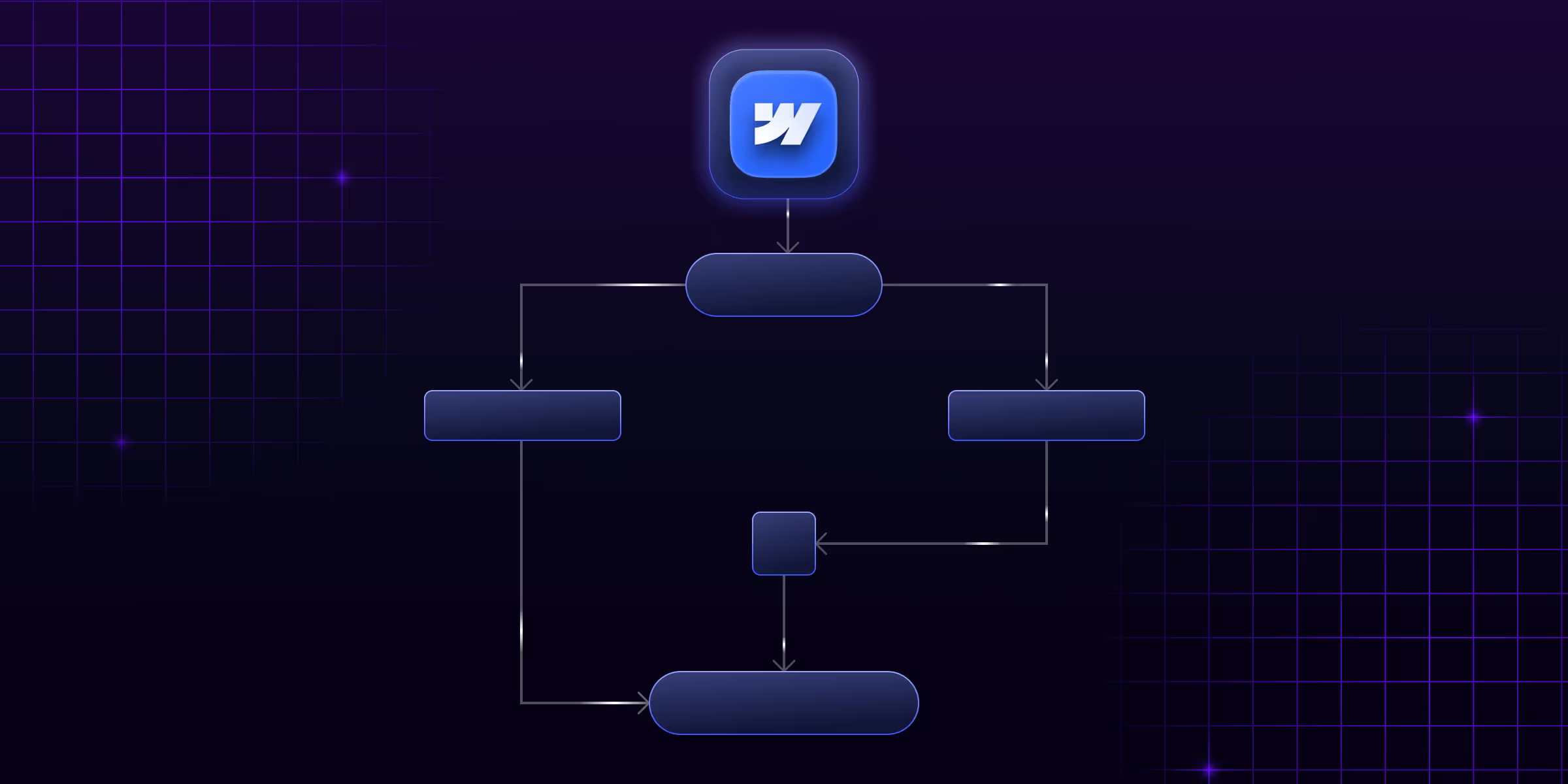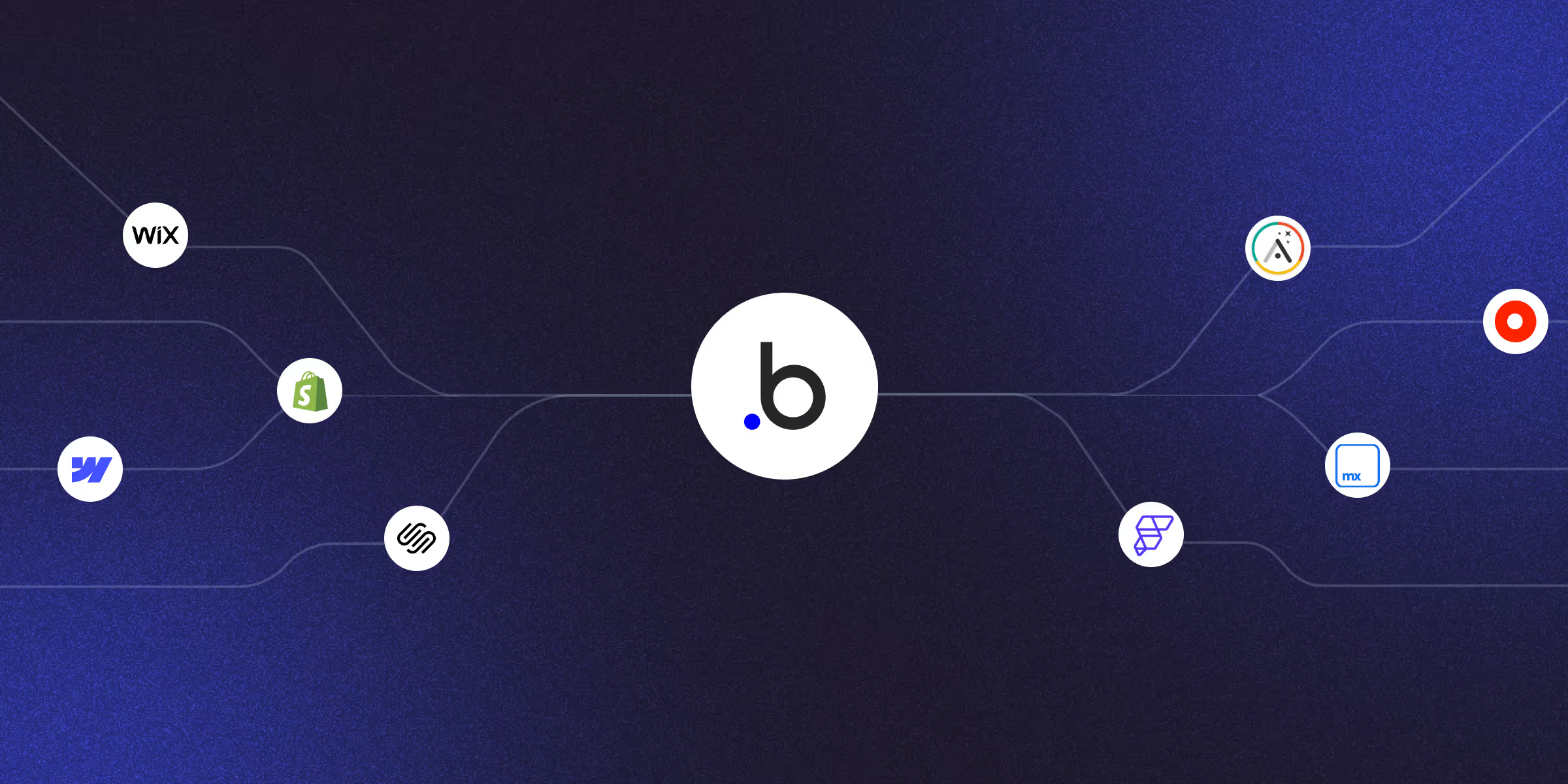How to Connect Webflow Forms to HubSpot?
Easily connect Webflow forms to HubSpot for smoother workflow and better data management. Simplify your processes with Webflow HubSpot integration.

Webflow is a powerful no-code website design platform that empowers designers and marketers to create fully responsive, visually engaging websites without touching a single line of code.
Webflow offers lots of top-rated features. One of its standout features is its robust animation and interaction. Webflow animations allow you to craft dynamic, scroll-triggered effects, hover transitions, and even complex motion sequences directly in the browser.
Webflow animations enhance usability, tell stories, and guide users’ attention toward key actions. This Webflow animation guide will help you create eye-catching website animations with Webflow to enhance user engagement and your site's visual impact.
Webflow animation refers to any movement, transformation, or visual change applied to elements on a Webflow-built website. These animations can range from subtle hover effects to elaborate, scroll-based motion graphics—without requiring custom JavaScript or CSS.
Many Webflow beginners use these terms simultaneously, but they have different meanings.
Before Webflow, creating animations often required:
Webflow strikes a balance: it gives non-coders the flexibility of advanced animation tools while keeping the workflow visual and intuitive.
Animations aren’t just decorative; they directly influence user engagement, navigation flow, and brand perception. Here’s why their Webflow animation is a game-changer:
A static page can feel lifeless. Well-placed animations keep users interested and motivate them to keep scrolling or exploring. For example, a subtle scroll-based fade-in for testimonials can draw attention naturally.
Animations act like directions. Scrolling can indicate new content, while scroll-triggered movements can guide users through a product journey, making your site feel intuitive and narrative-driven.
Every motion is an opportunity to communicate brand identity. Playful bounces can suit a creative agency, while smooth, minimal fades work for a corporate website.
Interactive elements like animated call-to-action buttons or attention-grabbing product showcases can drive more clicks and conversions.
Webflow allows you to build complex animations visually, giving you design freedom without needing deep coding knowledge.
When built correctly, Webflow animations run smoothly across devices, ensuring a consistent experience for all users.
Webflow offers a wide range of animations and interactions that can transform a static website into a dynamic, engaging experience.
These animations play when a page first loads, helping create a smooth entry experience for users.
Examples include fading in headers, sliding images into place, or animating backgrounds.
These activate when a user scrolls to a certain point. Examples include parallax backgrounds, fade-ins, and section transitions that tell a visual story.
Hover effects trigger when users hover over buttons, images, or icons. They improve interactivity without overwhelming the page.
Webflow supports Lottie files—lightweight, JSON-based animations created in Adobe After Effects and exported with Bodymovin. Perfect for complex yet fast-loading graphics.
Continuous animations that run on a loop to add subtle motion to the page, such as a gently floating icon, moving background, or rotating shape.
Special effects for text, including typing effects, letter-by-letter reveals, or fade-in headlines, which can help make your messaging more dynamic.
Webflow animations are powered by an easy-to-use visual interaction builder that allows you to create complex motion effects without writing code. Instead of manually dealing with CSS or JavaScript, you can use a drag-and-drop style interface to set triggers, timelines, and motion properties directly inside the Webflow Designer.
Here’s a breakdown of how they work.
Animations start when a specific action occurs. Common triggers include:
Once a trigger is activated, you define the actions—the changes that will occur. These can include:
Webflow lets you control the duration and speed curve of animations. Easing functions (like ease-in, ease-out, and cubic bezier) determine how smooth or snappy the animation feels.
You can apply animations to a single element, multiple selected elements, or all elements of the same class. This allows for reusable, consistent effects across a site.
Behind the scenes, Webflow converts your animation settings into optimized CSS and JavaScript, ensuring smooth performance on modern browsers without you needing to code manually.
Animations can be adjusted for different devices—desktop, tablet, and mobile—so that they look good and perform well across all screen sizes.
Here’s a quick beginner-friendly example:
Open Webflow Designer and create a new project or open an existing one.
Select the element you want to animate (e.g., a headline).
Go to the Interactions panel → choose “Scroll into View” or “Mouse Hover” depending on your goal.
Set the motion type (fade, move, or scale), then tweak the speed, easing, and delay for a polished effect.
Always preview before publishing to ensure the animation works across screen sizes and devices.
To make animations effective—and not distracting—follow these best practices.
Every animation should guide the user or enhance understanding, not just “look cool.”
Some users experience motion sensitivity. Enable “prefers-reduced-motion” options or avoid excessive movement.
Large animations can slow down load times. Use compressed Lottie files and avoid heavy graphics.
Highlight CTAs, show progress, or signal interactive elements subtly.
Webflow animations have transformed the way designers approach web experiences—making them more dynamic, engaging, and brand-aligned without the need for deep coding knowledge.
From scroll-triggered storytelling to micro-interactions that make buttons feel alive, animations guide users, increase engagement, and boost conversions.
If you’re ready to take your site to the next level, then experiment with animations today. Start small, test your ideas, and refine for performance and accessibility.
For expert assistance, you can reach out to theCSS Agency, which specializes in creating high-converting, visually stunning Webflow projects.
Webflow animation is used to add motion and interactivity to websites without writing code. Designers can create effects like fade-ins, scroll-triggered movements, hover interactions, and background animations to enhance user experience and guide visitor attention.
Yes. Webflow’s visual Designer interface allows beginners to create animations without coding knowledge. You can start with simple effects and gradually explore advanced interactions using triggers, timelines, and Lottie files.
You can build page load animations, scroll-triggered effects, hover interactions, background parallax movements, and even embed complex Lottie animations for lightweight yet intricate visuals.
No, Webflow animations are entirely no-code. However, if you want highly advanced or custom effects beyond Webflow’s built-in capabilities, you can integrate custom code or JavaScript libraries like GSAP.
Webflow is ideal for website-based animations thanks to its responsive, no-code workflow. Traditional tools like After Effects or GSAP offer more complexity but require technical skills and are better suited for video or highly interactive web applications.

Easily connect Webflow forms to HubSpot for smoother workflow and better data management. Simplify your processes with Webflow HubSpot integration.

Easily build a multilingual website in Webflow. Learn step-by-step how to add multiple languages, improve UX, and boost global reach with localization.

Find the best Bubble alternatives for 2025. Compare features, flexibility, and performance to find the perfect website builder for your business needs.
Quick Turnaround. No Contracts. Cancel Anytime. Book a 30 minutes consulting call with our expert.